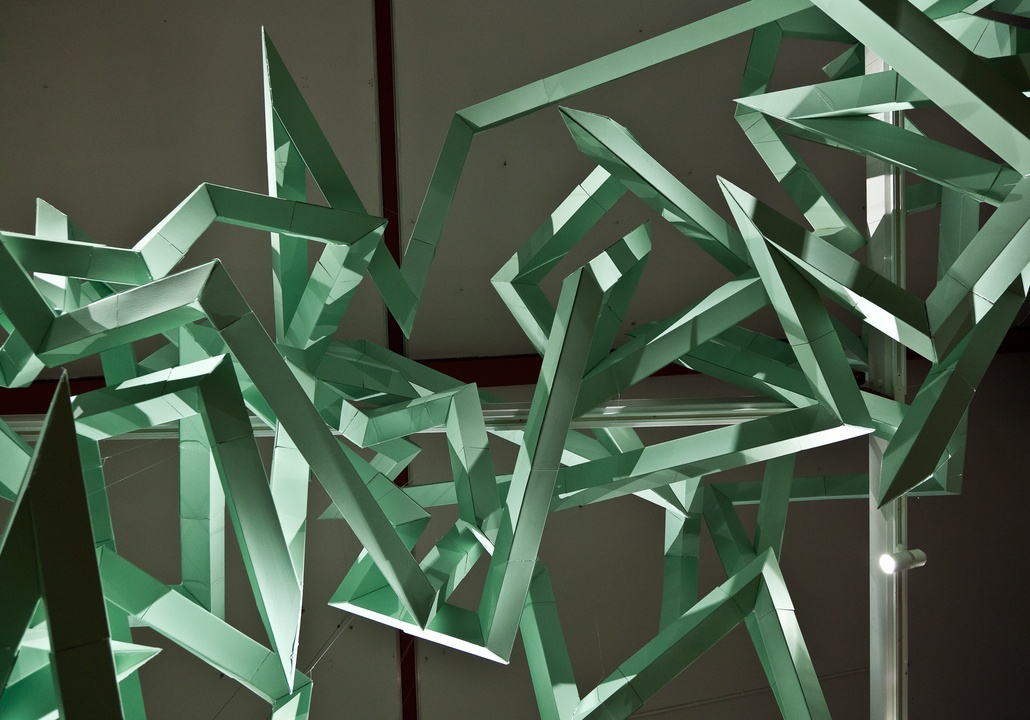Atelier Bow Wow
Venue
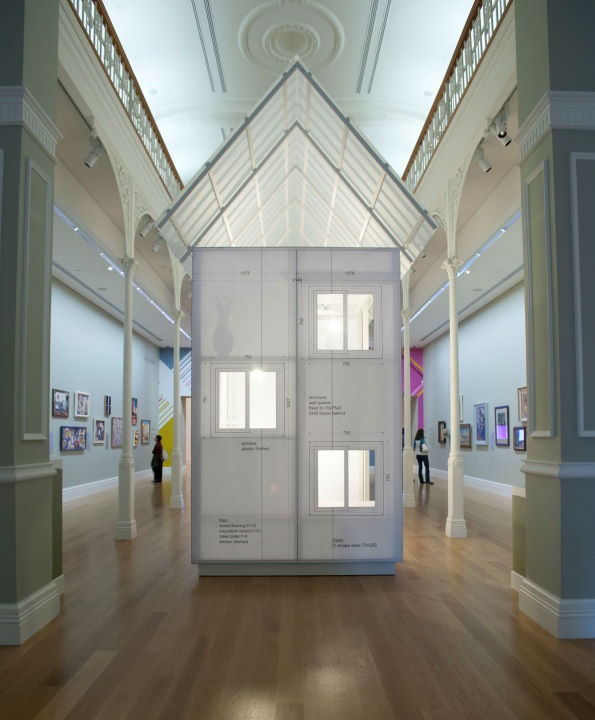
Model Home,2013
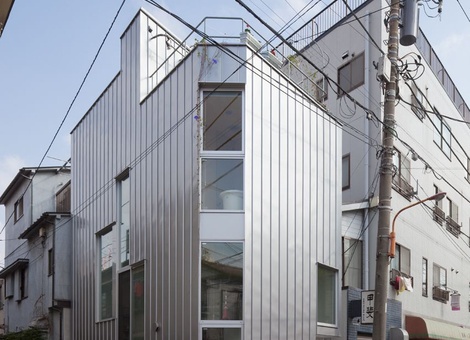
Bokutei, 2008
(formed 1992) Lives and works in Tokyo
Yoshiharu Tsukamoto Born 1965, Kanagawa, Japan
Momoyo Kaijima Born 1969, Tokyo, Japan
Atelier Bow Wow’s practice is based on a thorough study of existing cultural, economic, and environmental conditions and they are most well known for small-scale and idiosyncratic buildings squeezed into tiny sites around Tokyo. Known as ‘pet architecture’, these charming yet highly functional and considered residences reflect a deep understanding of local needs and cultural practices.
Atelier Bow-Wow has also acquired a following through its Micro Public Space projects and the innovative projects at exhibitions such as the 2011 Venice Biennale (as an official representative of Japan) and at the Hayward Gallery in London.
Selected exhibitions:
house inside city outside house, Tokyo Opera City Art Gallery, 2011; 12th Venice Architecture Biennale, 2010; The Gallery at REDCAT, Los Angeles, USA, 2009; 3rd Liverpool Biennial, 2008; 27th São Paulo Biennale, 2006.
Model Home
2012
Auckland Art GalleryFor the 5th Auckland Triennial Michael Lin and Atelier Bow Wow collaborated with Professor Andrew Barrie from the University of Auckland to create a life-size paper document of worker housing element of the Model Home project, the sound and video artists were Nanli Lou and Ren Cheng. Andrew Barrie is a specialist in the Japanese technique of paper model building known as okoshi-ezu (folding drawing), and has adapted aspects of this technique for Model Home 2013.
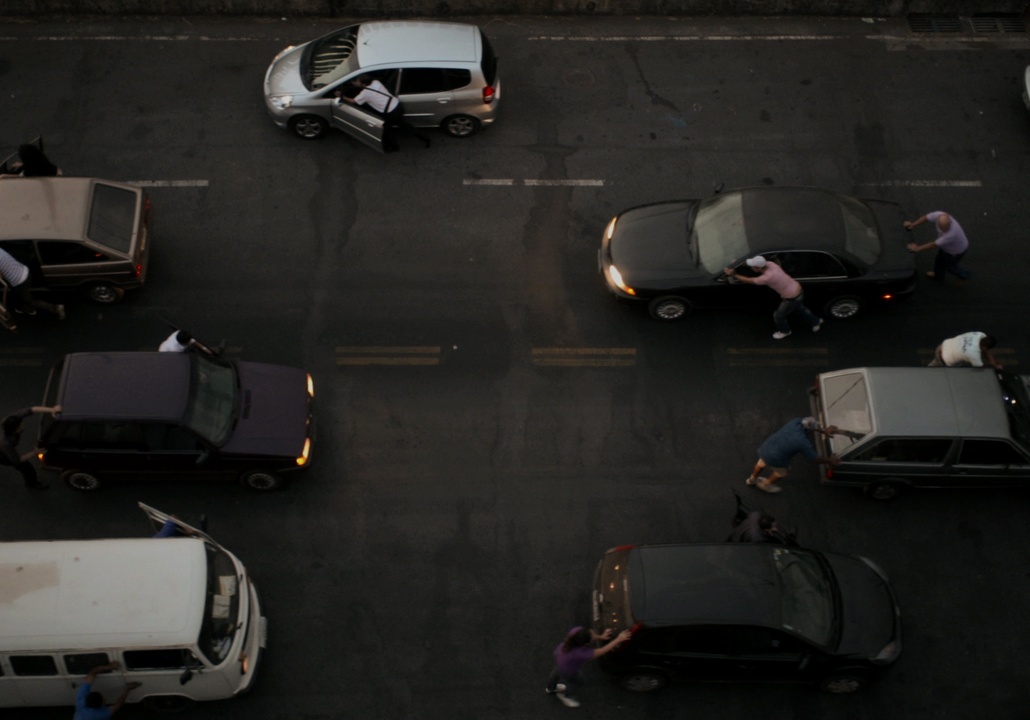
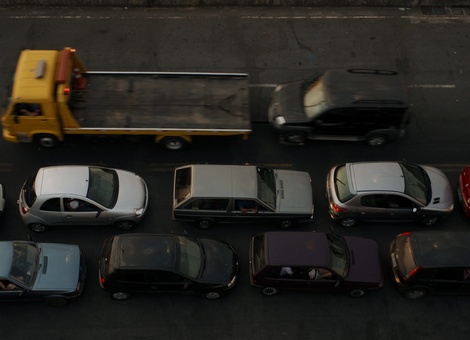
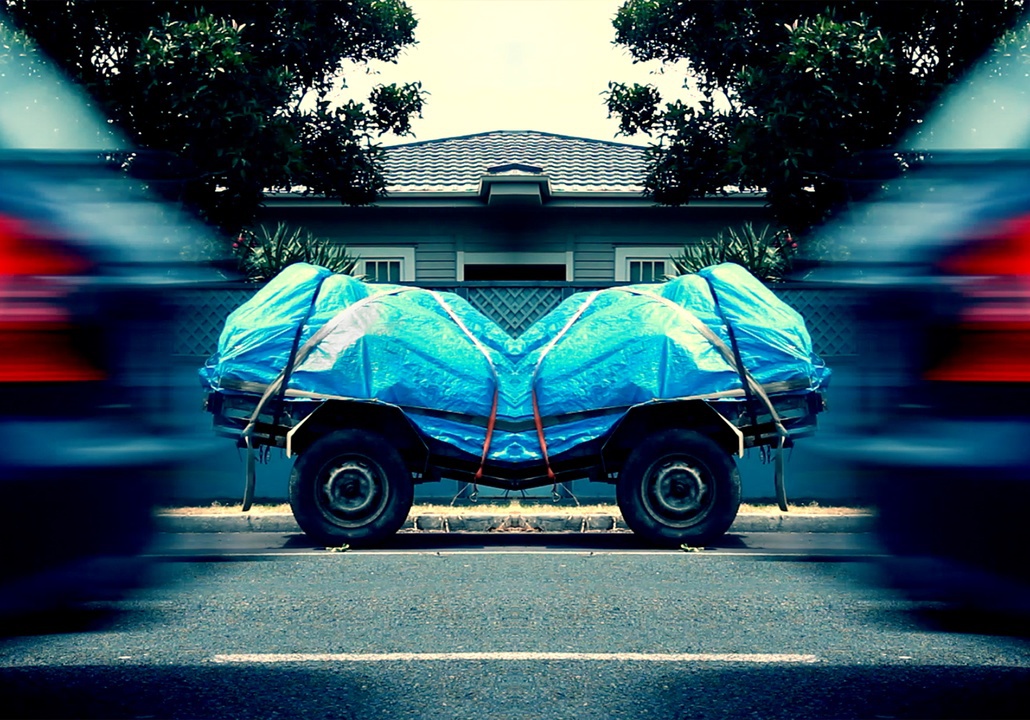

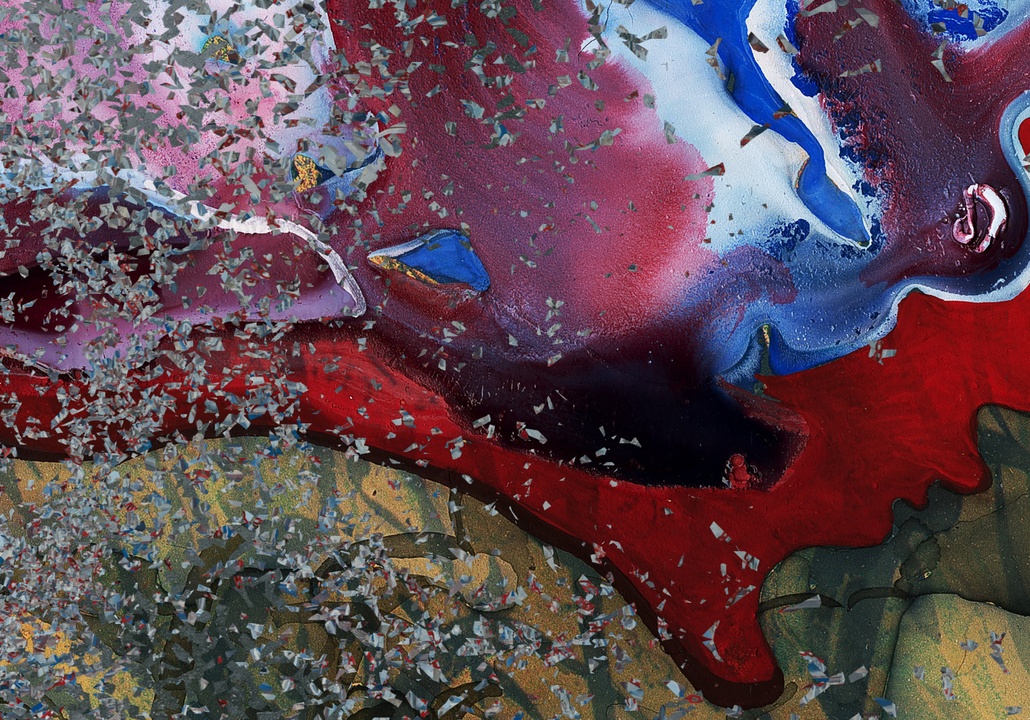
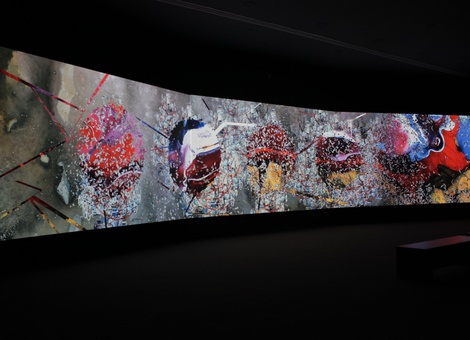
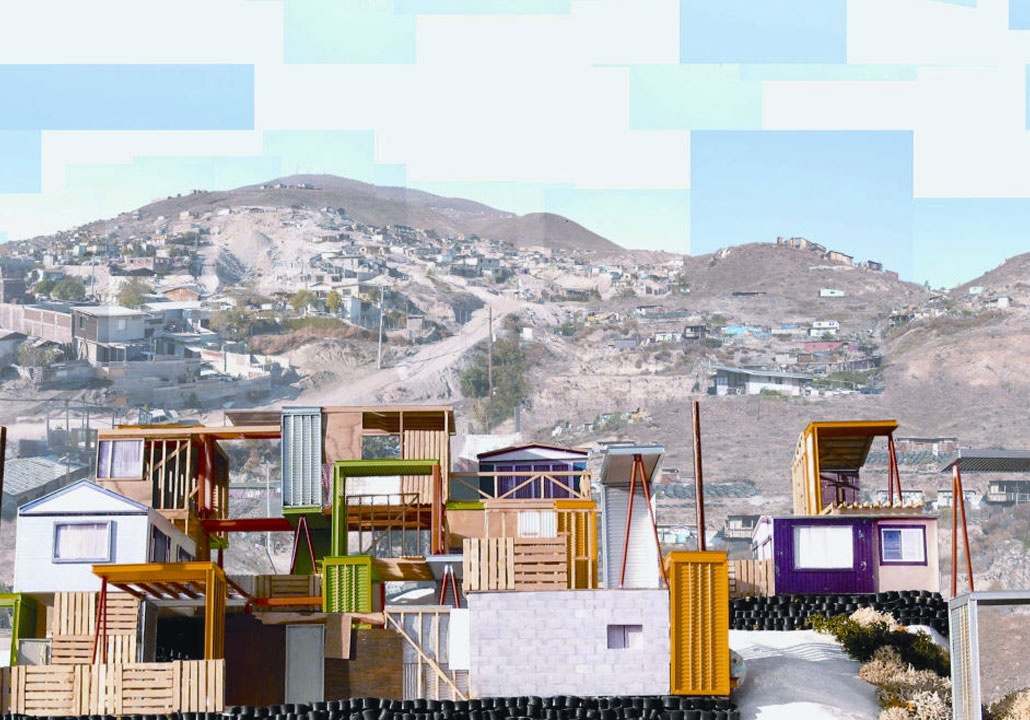
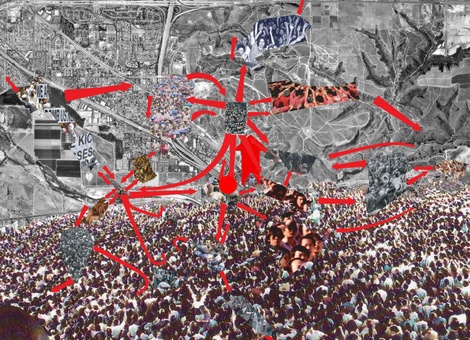
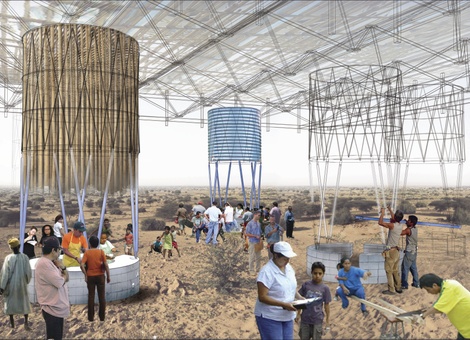



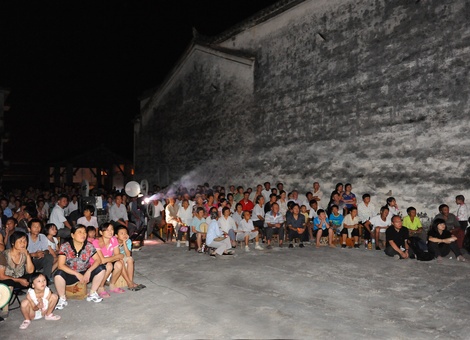

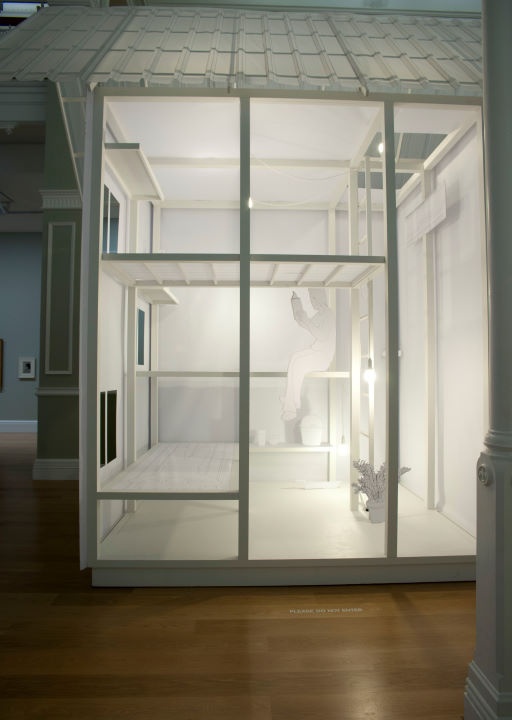


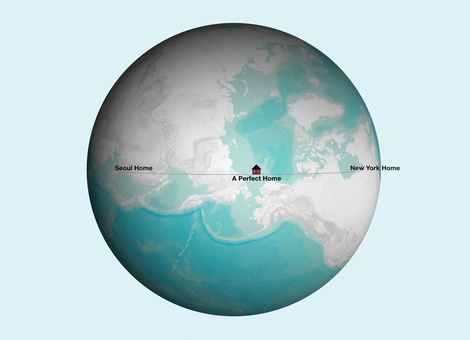
![test pattern [live set], 2008, photograph by Liz Hingley](/media/cache/a8/4a/a84ad52470801916c2979ab95304940f.jpg)
![A [for 6 silos]](/media/cache/2c/f4/2cf4a025b3b51f1fde293c244295a466.png)
